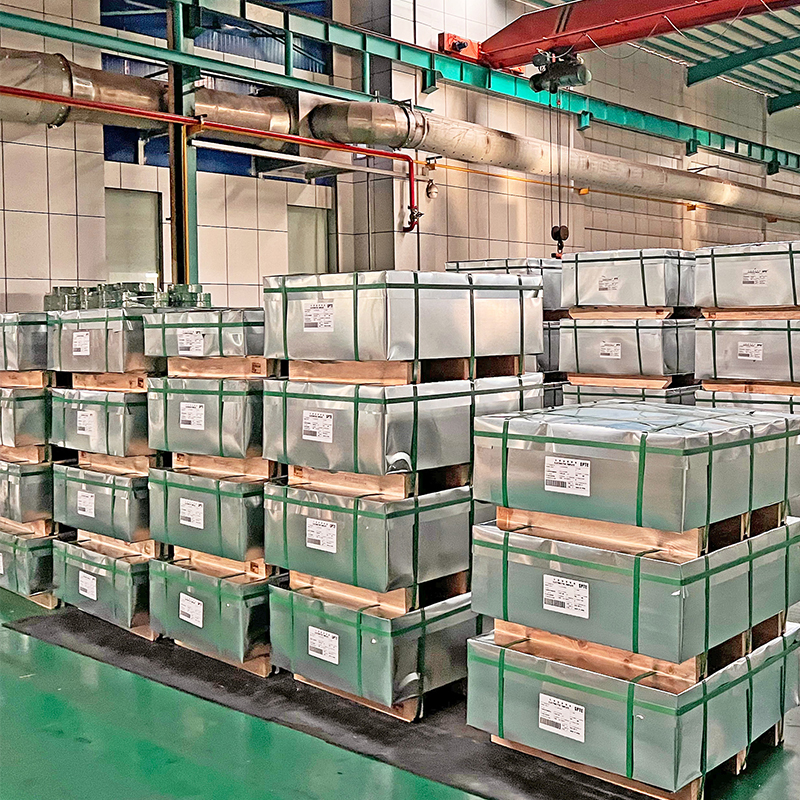Email: [email protected]
The surface finish of Tinplate Coil Processing Service is a critical aspect of material quality, impacting both functionality and aesthetics. Here are the specific requirements for achieving an optimal surface finish:
The surface must be consistently smooth, free from defects such as scratches, dents, or unevenness. A smooth surface ensures that the tinplate can be easily processed and maintains its appearance after further manufacturing steps.
The surface should be free from microscopic defects that could affect the performance or appearance of the final product. These defects can include blemishes, pits, or irregularities in the coating.
A bright, shiny finish is often required for applications where visual appeal is important, such as in consumer goods or decorative items. This finish should be achieved without compromising the quality of the tin coating.
For applications where a non-reflective surface is desired, such as in certain industrial uses, a matte or dull finish may be specified. The finish should be uniform and free from gloss or shine.Some applications may require a textured surface for functional or aesthetic reasons. The texture should be consistent and meet the specifications for the intended use.
The surface must be clean and free from contaminants such as oil, grease, or dust. These contaminants can interfere with further processing, such as painting or adhesive bonding, and can affect the overall quality of the final product. Any residues from manufacturing processes, such as lubricants or cleaning agents, should be completely removed to prevent interference with subsequent processing steps.

The tin coating must be applied uniformly across the entire surface of the coil. Uneven coating can lead to areas with insufficient corrosion resistance or aesthetic inconsistencies.The tin coating should adhere well to the base metal to prevent peeling or flaking during handling and processing. Proper adhesion ensures long-term durability and performance.
The thickness of the tin coating should be consistent across the entire surface. Variations in coating thickness can affect the performance and corrosion resistance of the tinplate.The surface should be flat and free from warping or bending. This ensures that the tinplate can be processed accurately and used effectively in its intended application.
During handling and storage, care must be taken to avoid damaging the surface finish. This includes using appropriate handling equipment and techniques to prevent scratches or other surface defects.Protective measures, such as wrapping or coating, may be required to maintain the quality of the surface finish during storage and transportation.
Achieving the desired surface finish for tinplate coils involves careful attention to smoothness, finish type, cleanliness, uniform coating, dimensional accuracy, appearance standards, handling, and compliance with specifications. By addressing these specific requirements, tinplate processing services can ensure that the final product meets both functional and aesthetic needs, contributing to the overall quality and performance of the material.
Related recommendations